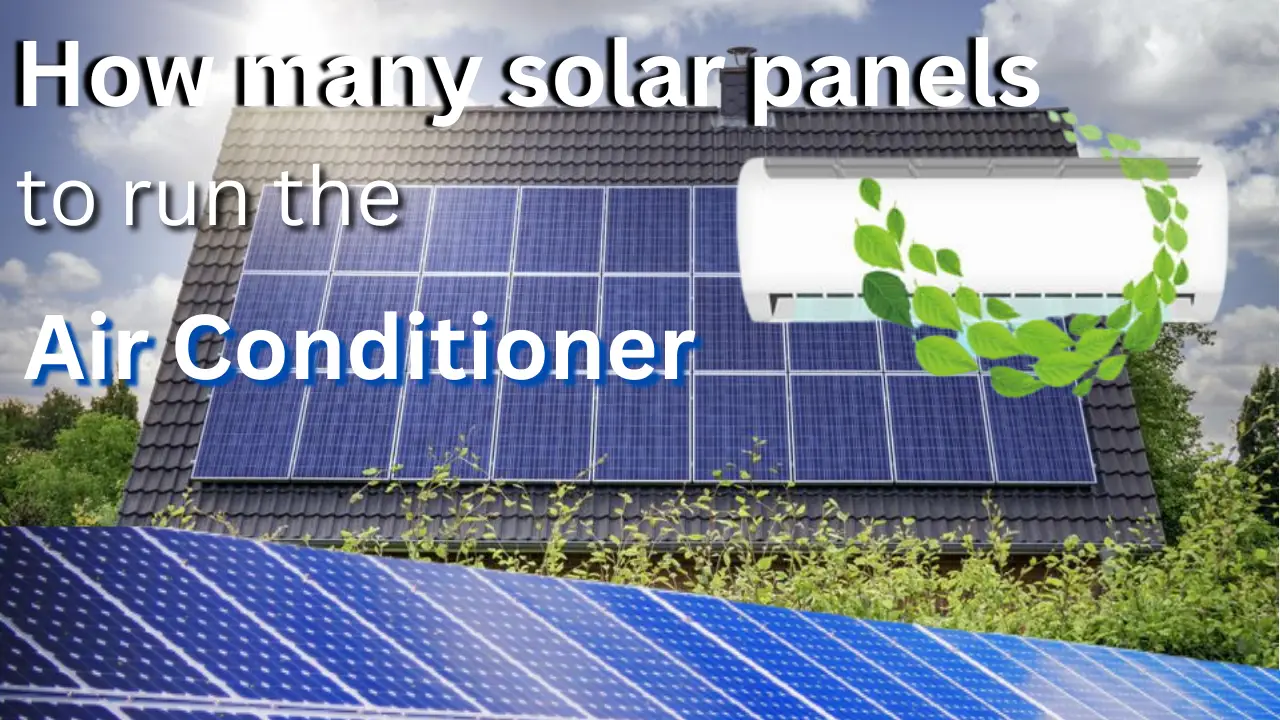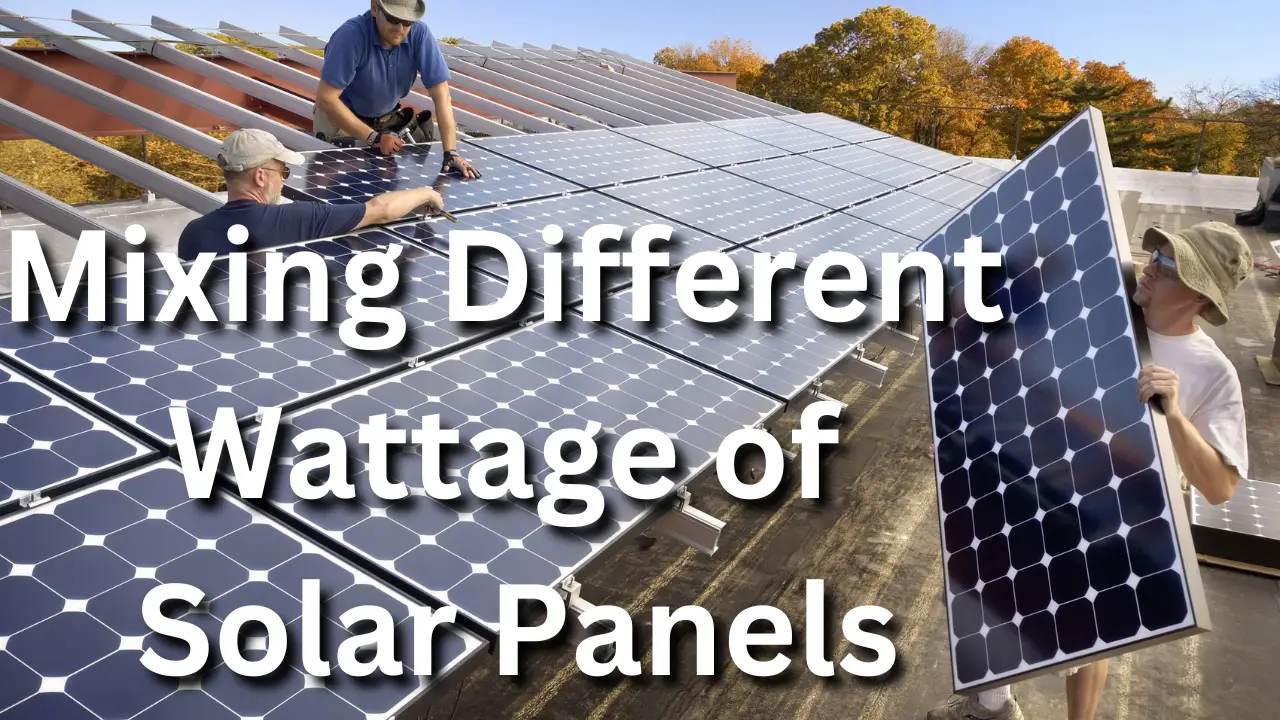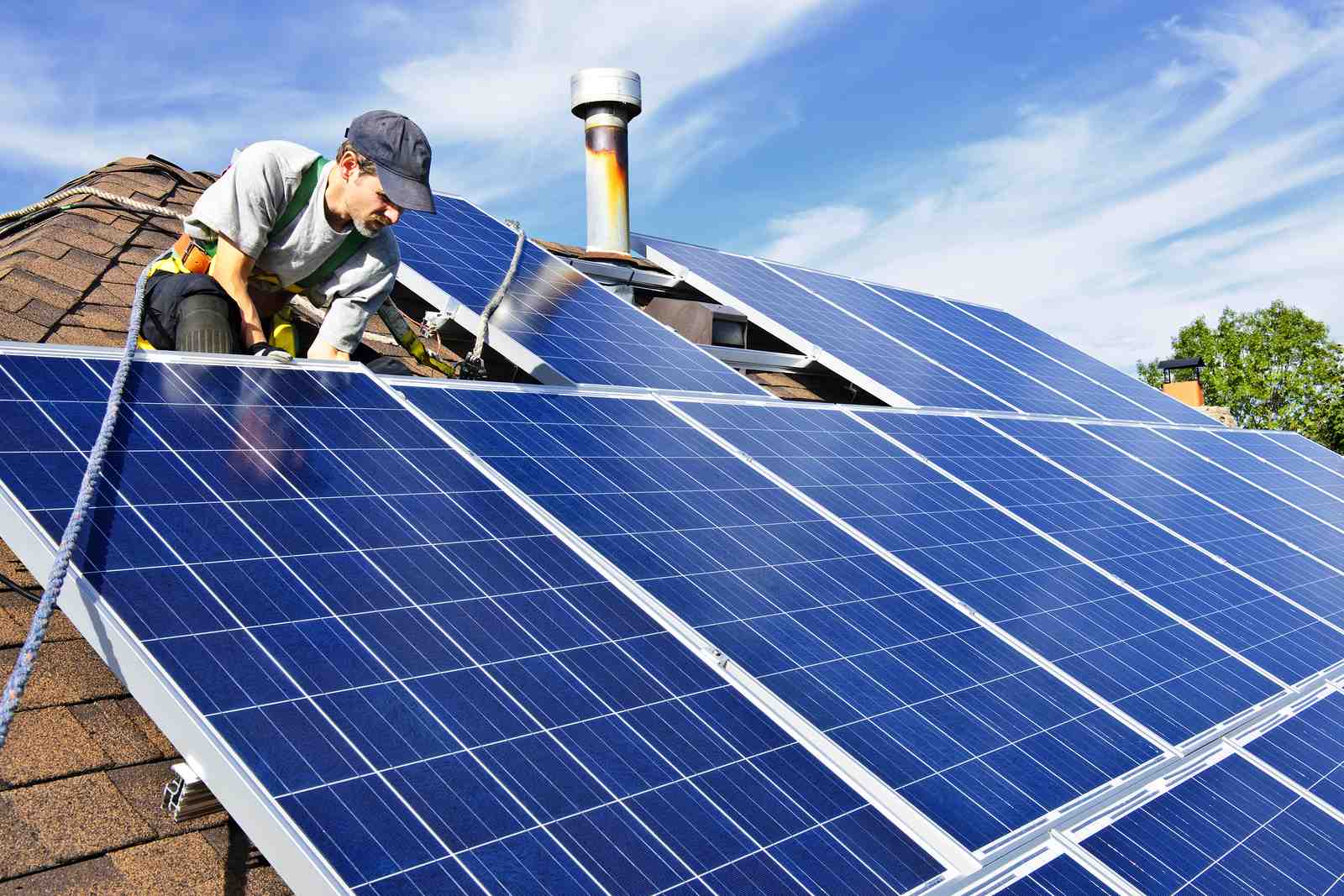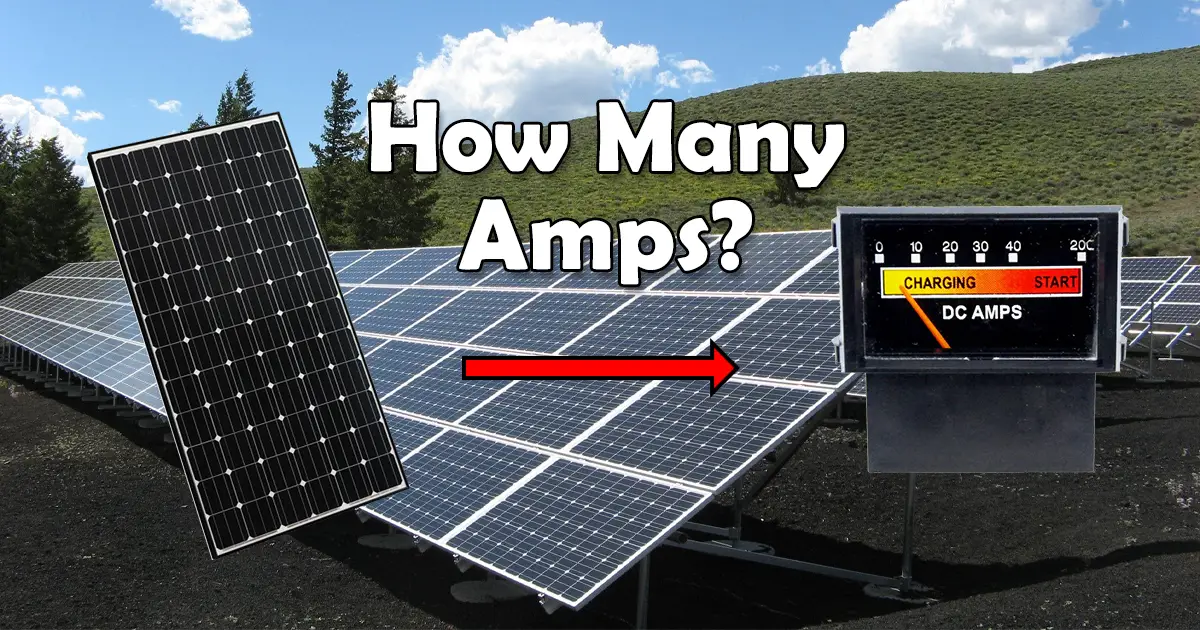-
Identify the Cause of the Overload:
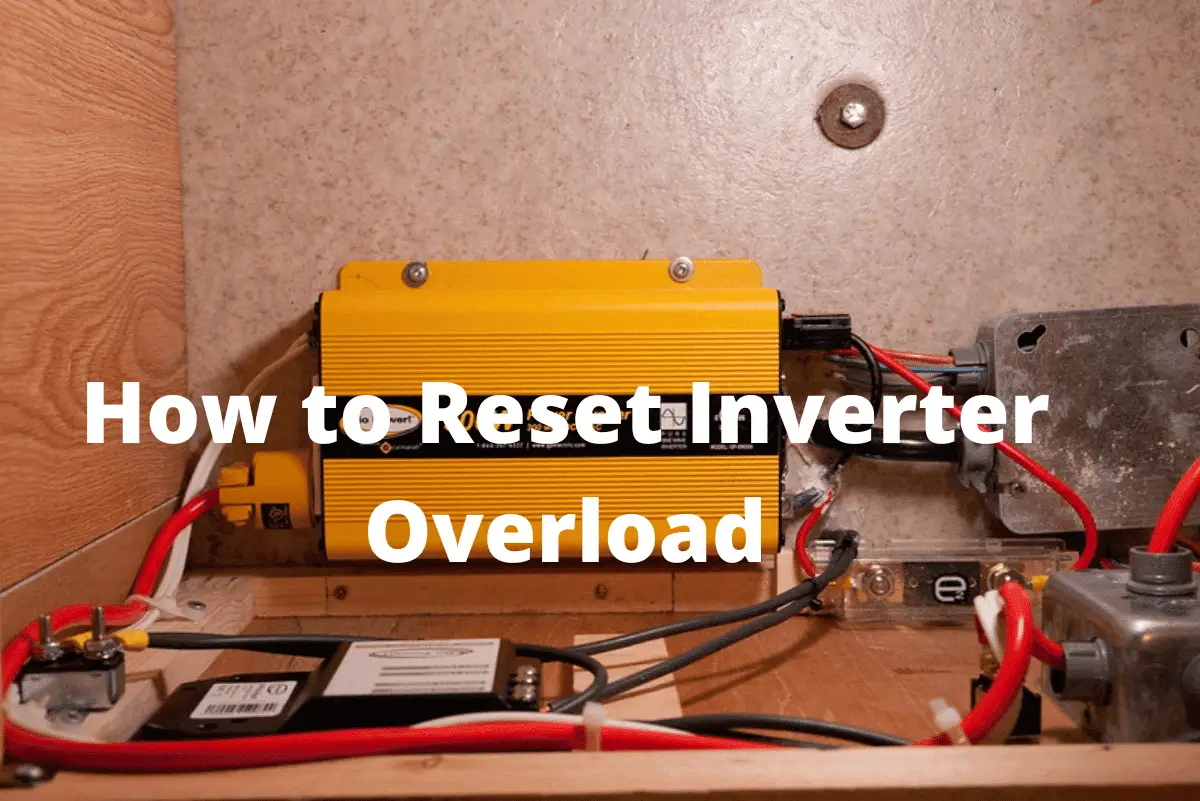
-
Examine the inverter’s display panel or indicator lights to identify any specific error codes or messages related to an overload condition.

-
Inspect the inverter’s connections to the battery bank, load, and utility grid (if applicable) for loose or damaged wires, corrosion, or incorrect wiring.
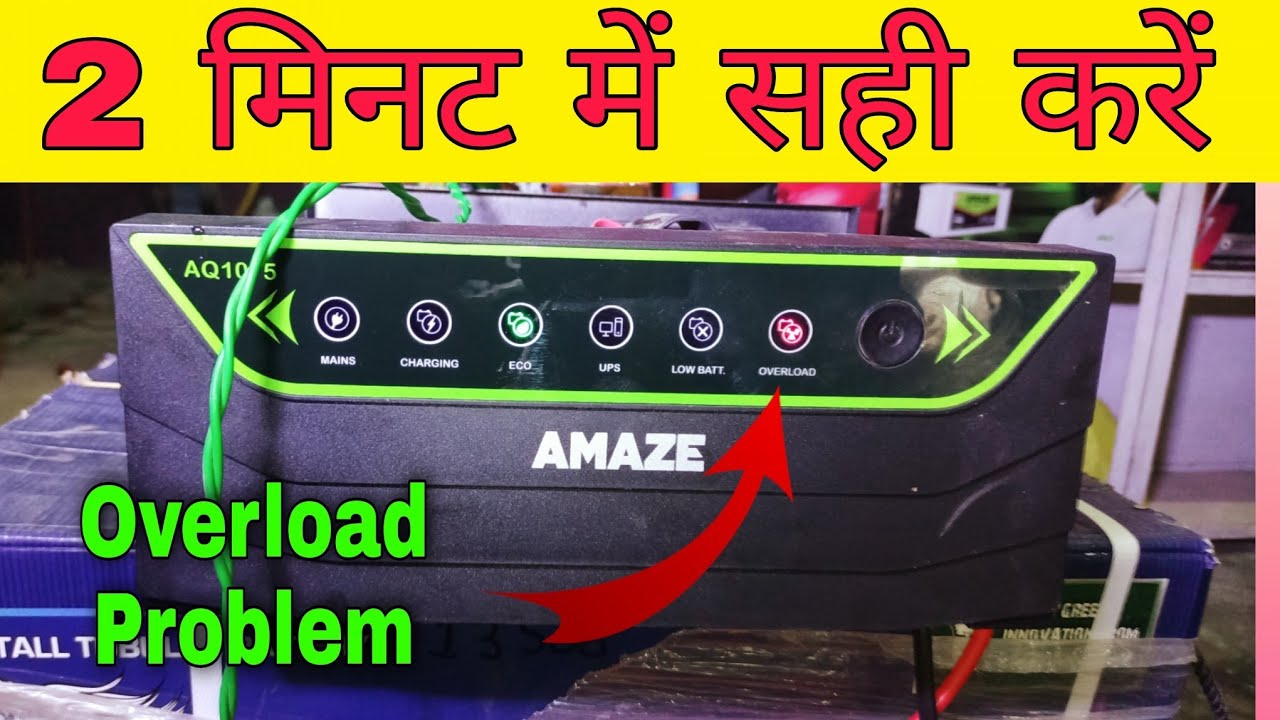
-
Check the connected appliances or devices to ensure they are compatible with the inverter’s power output capacity and don’t exceed its maximum load rating.
-
-
Verify Load Requirements:
-
Calculate the total power consumption of all connected appliances or devices to ensure it’s within the inverter’s specified wattage or VA (Volt-Amps) rating.
-
Consider the starting surge requirements of certain appliances, as these can momentarily draw more power than their steady-state consumption.
-
-
Reduce the Load:
-
Disconnect unnecessary or non-essential appliances or devices from the inverter to reduce the overall load and bring it below the inverter’s capacity.
-
Prioritize critical appliances or devices that need uninterrupted power and connect them directly to the inverter.
-
Use energy-efficient appliances and practices to minimize power consumption.
-
-
Upgrade the Inverter:
-
If the connected load consistently exceeds the inverter’s capacity, consider upgrading to a larger inverter with a higher wattage or VA rating.
-
Select an inverter with a continuous power output that meets or exceeds the total load requirements and accounts for future expansion or additional appliances.
-
-
Check Inverter Ventilation:
-
Ensure that the inverter is properly ventilated and not obstructed by any objects or materials that could impede airflow.
-
Clean any dust, debris, or dirt from the inverter’s vents and ensure sufficient clearance around it for proper heat dissipation.
-
-
Monitor Inverter Temperature:
-
Keep an eye on the inverter’s temperature using its built-in temperature sensor or external monitoring devices.
-
If the inverter reaches excessive temperatures, it may automatically shut down to protect itself from damage.
-
-
Consult a Qualified Electrician:
-
If you’re unable to resolve the inverter overload issue самостоятельно or suspect more complex electrical problems, it’s best to consult with a qualified electrician.
-
A professional electrician can inspect the inverter, wiring, and connected appliances, identify the root cause of the overload, and recommend appropriate solutions.
-
How Do You Fix An Inverter Overload Problem?


